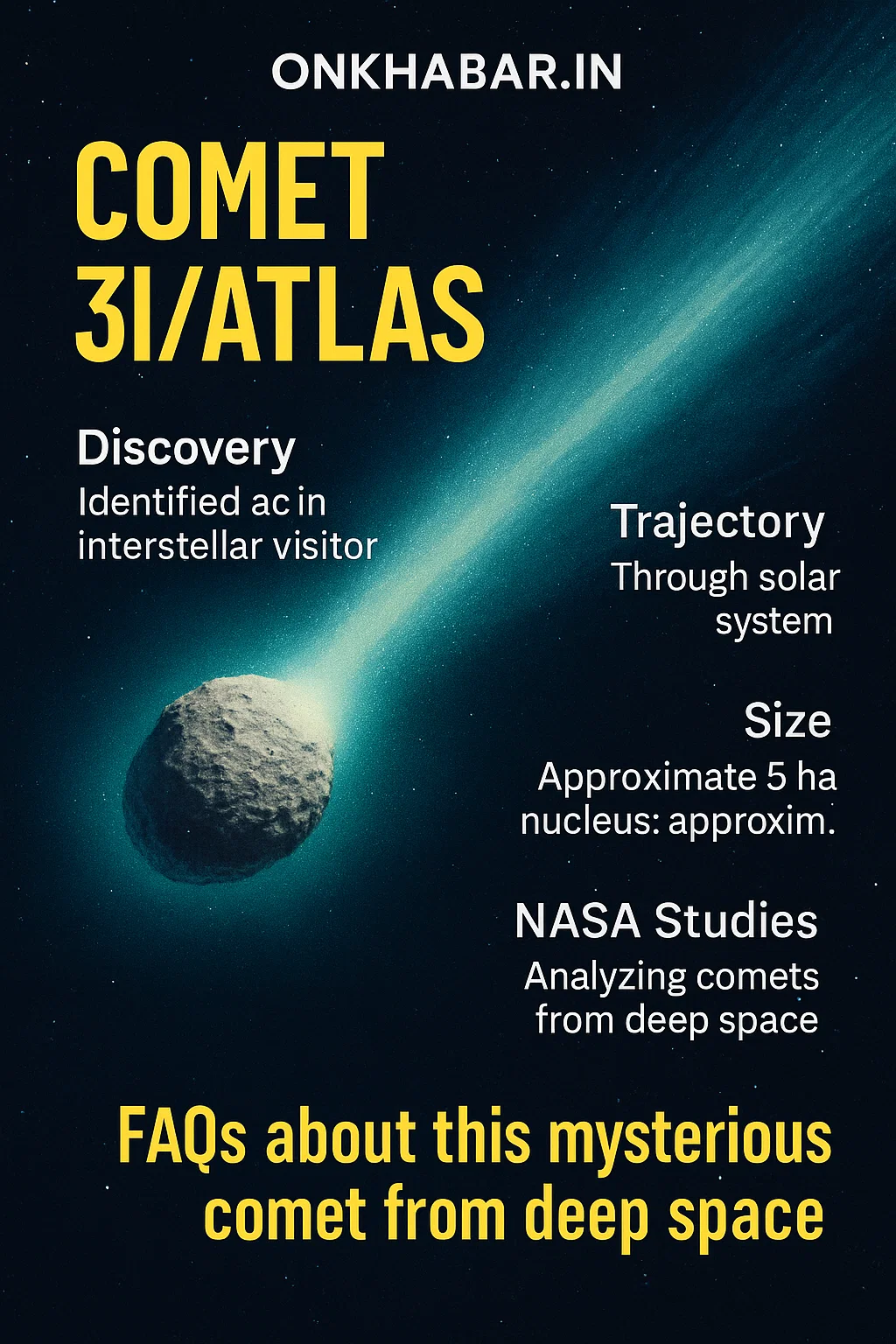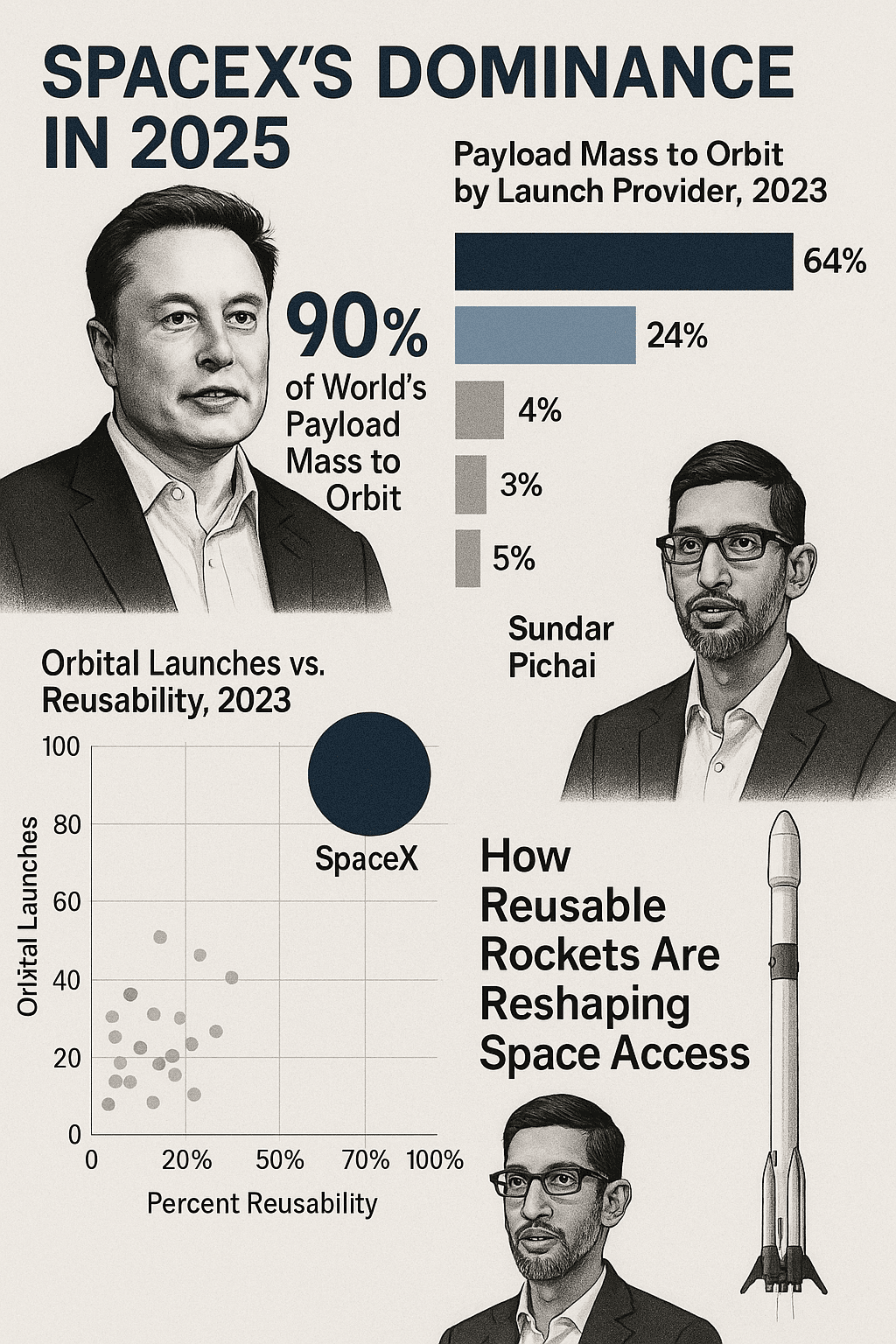
In a rare setback for India’s space ambitions, the Indian Space Research Organisation (ISRO) faced an unexpected failure during its 101st satellite launch mission, PSLV-C61, on July 30, 2024. The mission, aimed at deploying the Earth Observation Satellite (EOS-09) into orbit, encountered a critical anomaly during the third stage of the Polar Satellite Launch Vehicle (PSLV), marking only the third failure in the PSLV’s 31-year history. This blog unpacks the details of the mission, analyzes the cause of the failure, and explores its implications for India’s space program.

Today 101st launch was attempted, PSLV-C61 performance was normal till 2nd stage. Due to an observation in 3rd stage, the mission could not be accomplished.
The PSLV-C61 mission failed to deploy the EOS-09 satellite due to an anomaly in the third stage of the rocket. Here’s a breakdown of what happened ¹ ²:
– Launch and Initial Stages: The Polar Satellite Launch Vehicle (PSLV-C61) lifted off at 5:59 am from the Satish Dhawan Space Centre in Sriharikota, marking ISRO’s 101st satellite launch. The first two stages performed as expected.
– Third-Stage Anomaly: However, during the third stage, an issue arose, preventing the mission from succeeding. According to ISRO Chairman V Narayanan, “The third stage motor ignited successfully, but an issue arose during its operation.”
– Cause of Failure: Preliminary telemetry suggests that the third-stage motor underperformed 203 seconds into flight, possibly due to irregular propellant flow, nozzle malfunction, or structural deficiencies. A failure analysis committee has been constituted to examine the PS3 stage’s manufacturing records and testing procedures.
– Impact: The failure represents a setback for India’s efforts to bolster border monitoring and disaster management through SAR imaging. The EOS-09 satellite, designed to capture high-resolution images of the Earth’s surface under all weather conditions, failed to reach its intended Sun Synchronous Polar Orbit.— ISRO (@isro) May 18, 2025
Mission Overview: What Was PSLV-C61 Supposed to Achieve?
The PSLV-C61 mission was a high-stakes launch for ISRO, carrying the EOS-09 satellite—a cutting-edge Earth observation tool designed to support urban planning, disaster management, and national security. Key objectives included:
High-Resolution Imaging: EOS-09’s Synthetic Aperture Radar (SAR) could capture detailed images of Earth’s surface through clouds and darkness, critical for monitoring floods, landslides, and border areas.
Sun-Synchronous Orbit: The satellite was intended to operate in a 563 km Sun-Synchronous Polar Orbit (SSPO), enabling consistent lighting conditions for imaging.
Strategic Applications: Data from EOS-09 would aid agencies in agriculture, forestry, and defense, aligning with India’s push for self-reliance in space technology.
The 44.5-meter-tall PSLV-C61 rocket, weighing 321 tonnes, lifted off at 5:59 AM IST from the Satish Dhawan Space Centre in Sriharikota. Initially, the launch proceeded smoothly, with the first two stages (PS1 and PS2) performing nominally. However, the mission unraveled during the third stage (PS3), a solid-fueled motor critical for achieving the target orbit.
ISRO’s 101st Launch | PSLV-C61 / EOS-09 | 18 May 2025
What Went Wrong? The Third-Stage Anomaly
ISRO Chairman S. Somanath confirmed that the mission failure stemmed from an “abnormal drop in chamber pressure” in the PS3 stage. Here’s a breakdown of the critical moments:
First Two Stages: The rocket’s initial phases—powered by solid and liquid propulsion systems—operated flawlessly, achieving the intended altitude and velocity.
Third-Stage Ignition: The PS3 stage ignited successfully but soon faced a pressure drop in its combustion chamber, leading to underperformance.
Satellite Deployment Failure: Due to insufficient thrust, the EOS-09 satellite could not reach its designated orbit, rendering the mission unsuccessful.
Possible Causes:
Propulsion Defects: Irregular propellant flow or nozzle malfunctions in the PS3 motor.
Manufacturing Flaws: Deviations in the stage’s assembly or quality control.
Sensor Errors: Faulty telemetry or guidance systems misjudging the rocket’s trajectory.
ISRO has formed a Failure Analysis Committee to investigate the root cause, reviewing manufacturing records, telemetry data, and stage testing protocols.
Historical Context: PSLV’s Track Record and Past Failures
The PSLV rocket, dubbed ISRO’s “workhorse,” has a stellar success rate of 95% across 63 missions. Prior to C61, only two missions had failed:
1993 Maiden Flight: A software glitch and retro-rocket failure caused the rocket to veer off course.
2017 PSLV-C39: The payload fairing failed to separate, trapping the IRNSS-1H satellite inside.
The C61 failure is particularly surprising given ISRO’s recent streak of 58 consecutive successful launches since 2017. However, space exploration is inherently risky, and even seasoned agencies like NASA and SpaceX face setbacks.
Impact of the Failure: Delays and Lessons Learned
The loss of EOS-09 is a blow to India’s strategic and scientific goals:
Disaster Management: Delayed access to real-time data for flood and earthquake response.
Border Security: Hindered surveillance capabilities along sensitive regions.
Commercial Setback: Potential delays for international clients awaiting ISRO’s launch services.
However, ISRO has emphasized resilience. Chairman Somanath stated, “Every failure teaches us something new. We will identify the issue, rectify it, and return stronger.”
The Road Ahead: ISRO’s Recovery Plan
ISRO has four more PSLV missions scheduled for 2025, including launches for commercial satellites and lunar exploration projects. Key steps to regain momentum include:
Rigorous Testing: Enhanced checks for propulsion systems and stage separations.
Transparency: Publicly sharing findings from the Failure Analysis Committee.
Collaboration: Partnering with global space agencies to adopt best practices.
Notably, ISRO’s Gaganyaan manned mission and NISAR satellite collaboration with NASA remain on track, underscoring the agency’s multifaceted progress.
Conclusion: Resilience in the Face of Adversity
While the PSLV-C61 failure is disappointing, it highlights the complexities of space technology and ISRO’s commitment to learning from setbacks. With a legacy of overcoming challenges—from the Chandrayaan-2 landing hiccup to the Mars Orbiter Mission’s success—ISRO’s ability to adapt remains its greatest strength.
As the agency investigates the C61 anomaly, the global space community watches with anticipation, confident that India’s space program will emerge wiser and more robust. After all, in the words of APJ Abdul Kalam, “Failures are milestones on the path to innovation.”









